The modern green building movement began to take shape in the wake of the 1960s environmental awakening and the energy crisis of the 1970s. These events ignited a global revolution in how we construct and inhabit our spaces.
By the 1990s, the movement had escalated further, giving rise to certification systems like LEED (Leadership in Energy and Environmental Design), which provided a standardized way to measure and encourage eco-friendly building practices. According to the U.S. Green Building Council, green buildings today can reduce energy consumption by anywhere from 20% to 50% compared to conventional structures.
Market trends back this transformation.
Green building initiatives are projected to grow into a multi-hundred-billion-dollar industry within the next decade, a testament to our commitment to a sustainable future.
The Spark That Ignited a Movement
The urge to create spaces that not only shelter us but sustain the world around us is what led to the rise of green buildings.
Initially, the focus was on energy efficiency, insulating walls, double-glazed windows, and energy-saving lighting. Over time, these innovations expanded to include renewable energy sources such as solar, wind, and even geothermal power. Early adopters of green building practices were like pioneers charting unknown territory. They experimented with natural ventilation systems, roofs, and energy-efficient designs that seemed almost magical at the time.
Today, these methods have matured into sophisticated systems that harness renewable energy to power entire buildings. In totality, the evolution of green buildings reflects our growing understanding that sustainability and modern living can beautifully coexist.
Renewable Energy: The Heartbeat of Modern Buildings
The pulse that now drives modern architecture is Renewable energy. They are the active participants in generating and conserving power. Solar panels glisten on rooftops like jewels, capturing the sun’s rays to provide clean energy. Wind turbines, though smaller than those in vast fields, are becoming common fixtures on commercial rooftops and modern residential complexes, converting breezy days into energy-filled moments.
Renewable energy in buildings is more than just a practical solution; it’s a symbol of hope. It tells us that with every ray of sunlight captured and every gust of wind harnessed, we are taking a step toward a greener, more resilient future.
Solar Power
One of the most visible signs of this transformation is the widespread adoption of solar power. From building-integrated photovoltaics (BIPV) that double as windows and facades to rooftop solar arrays, these systems capture the sun’s abundant energy and convert it into electricity.
This not only reduces energy costs but also enhances the building’s sustainability credentials. Cities around the world are witnessing a surge in solar-powered structures, each contributing to a cleaner, greener grid.
Wind and Geothermal
Wind energy is finding its niche on high-rise buildings and urban centers where small-scale turbines can be integrated into the design.
Meanwhile, geothermal systems offer a quiet, efficient method of heating and cooling buildings by tapping into the consistent temperatures found below the Earth’s surface. Together, these technologies provide a diversified energy mix that increases resilience and reliability, especially in the face of fluctuating energy markets and extreme weather events.
Innovative Technologies Driving Green Buildings
The renaissance of green architecture is propelled by several innovative technologies that are redefining what buildings can do. Here are a few examples:
Building Automation and Smart Grids
Modern green buildings are equipped with advanced building automation systems that monitor and manage energy use in real-time.
These systems include,
- The integration of sensors, data analytics, and smart grids optimizes lighting, heating, and cooling.
- Optimized operations that help to reduce energy waste and lower operational costs.
Green Roofs and Living Walls
In urban settings where green space is limited, green roofs and living walls are making a substantial impact. These features not only insulate buildings, reducing the need for artificial heating and cooling but also improve air quality and reduce urban heat island effects.
The integration of vegetation into building design creates microclimates that can enhance biodiversity and provide natural beauty in otherwise concrete-dominated landscapes.
Energy Storage Solutions
The variable nature of renewable energy sources like solar and wind has historically posed a challenge for consistent energy supply. However, advancements in battery storage technology have begun to bridge this gap as
- Battery storage systems capture excess energy during peak production times.
- Stored energy is released during periods of low production, ensuring a consistent power supply.
- Provides a reliable, 24/7 renewable energy supply and are increasingly standard in modern green buildings.
Challenges
- High Initial Investment
-
-
- Significant upfront costs for sustainable materials, renewable energy installations, and advanced technology.
- Extended payback periods that can deter developers and investors.
-
- Regulatory and Compliance Challenges
-
-
- Navigating complex and sometimes outdated building codes and zoning regulations.
- Inconsistent standards across regions making it difficult to implement uniform green practices.
-
- Technological Integration and Complexity
-
-
- Challenges in seamlessly combining renewable energy systems (solar, wind, geothermal) with traditional infrastructure.
- Need for sophisticated building automation and smart grid systems that require advanced technical knowledge.
-
- Limited Skilled Workforce
-
-
- Shortage of professionals trained specifically in green construction and sustainable architecture.
- There is a necessity for ongoing training and education to keep up with rapidly evolving green technologies.
-
- Retrofitting Existing Structures
-
-
- Difficulties in updating older buildings to meet modern green standards.
- Structural limitations that may require significant redesigns or compromises in integrating new technologies.
-
- Maintenance and Operational Challenges
-
-
- Higher complexity in maintaining integrated systems, which often demand specialized knowledge.
- Continuous monitoring and updates are necessary to ensure optimal system performance.
-
- Market and Economic Uncertainty
-
-
- Unclear long-term financial benefits and returns on investment compared to conventional buildings.
- Variability in regional incentives and subsidies that can affect project viability.
-
- Supply Chain and Material Availability
-
- Limited availability of sustainable building materials and specialized components in certain regions.
- Potential delays and increased costs due to supply chain constraints for eco-friendly products.
Conclusion
By using renewable energy and smart design, green buildings help solve important environmental problems while paving the way for a stronger and more successful future.
Building a sustainable environment is an ongoing journey, and every new green building brings us one step closer. Whether it’s buildings with solar-powered walls, smart energy systems, or green walls that add life to urban areas, the future of architecture is both bright and green.
By continuing to innovate and invest in renewable energy, we’re not just constructing buildings; we’re creating a lasting, sustainable legacy for future generations.
For any further questions or to seek more knowledge about Green Buildings, contact us by calling +639176310032 or writing to wecare@nativtechniks.com
Read our other blogs
Flexible Solar Panels: The Future of Portable & Efficient Solar Power Solutions
How Businesses in the Philippines Can Gain Competitive Edge with Solar Power ?



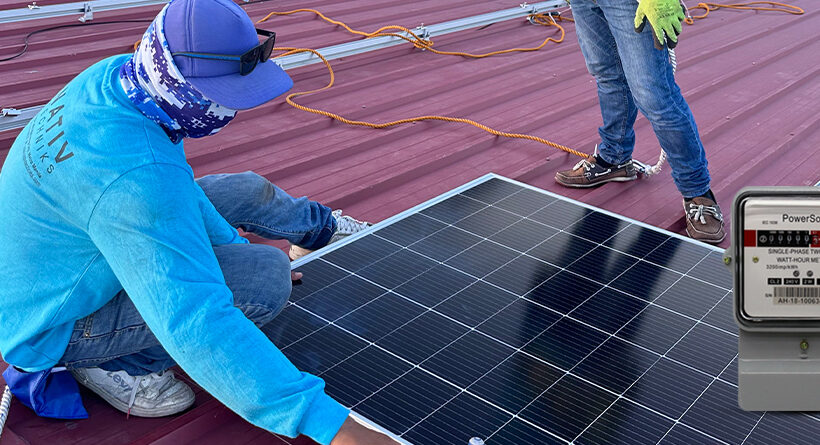


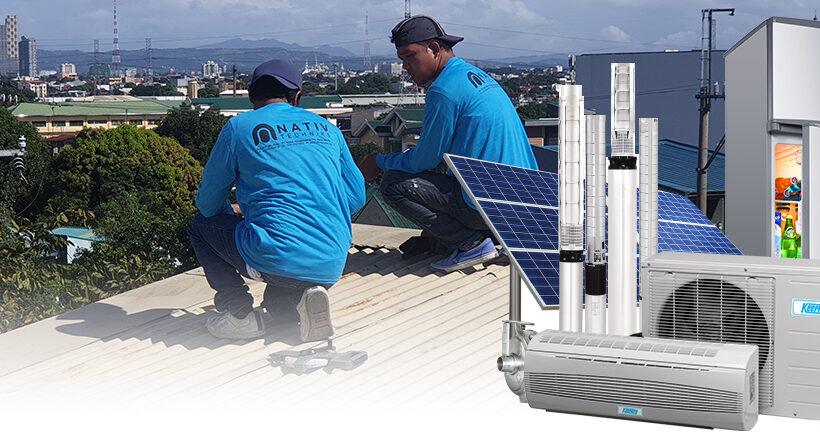
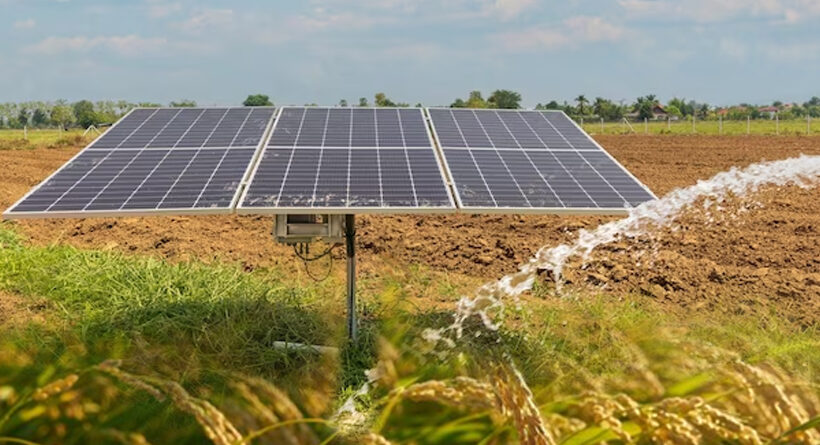

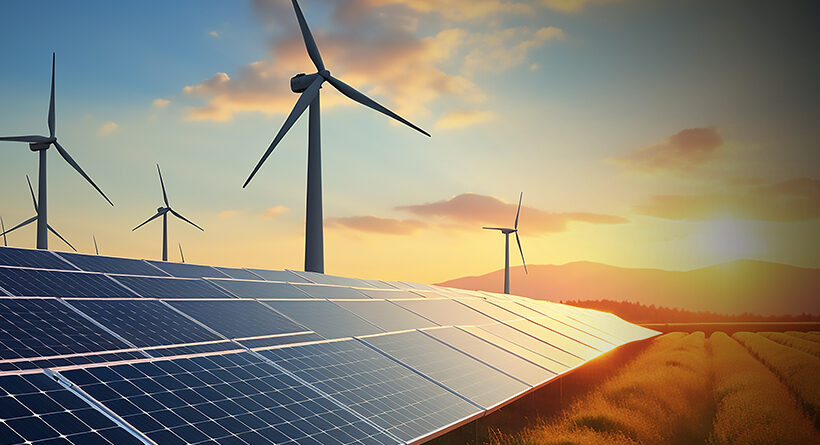


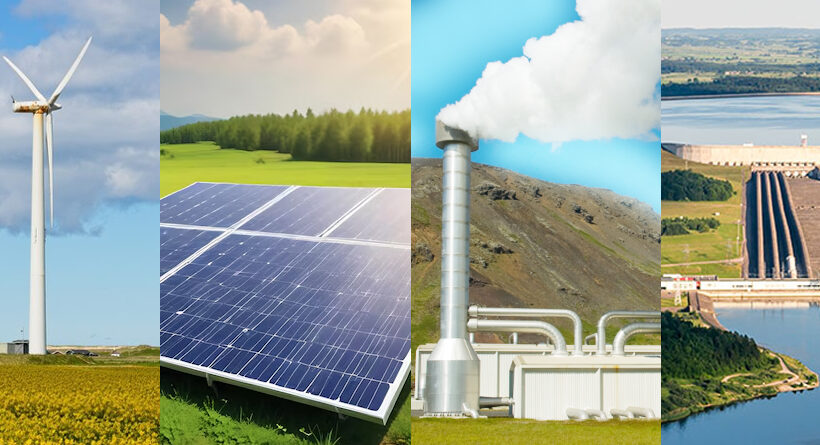
Leave a Reply